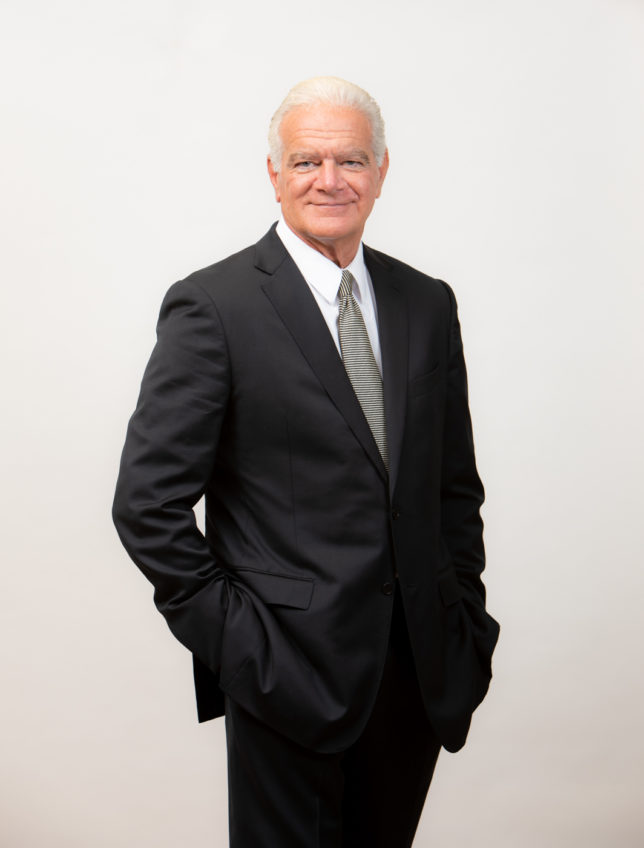
You would never know it, but I’ve been wearing a small patch on my chest for the past five days. It’s not for fashion purposes, and I’m not quitting smoking. If you look closely, you’ll see it most resembles one of those patches used when you get your heart tested by an electrocardiograph – but then you notice that it has no wire.
It is, in fact, a transformational medical device – one that is quite literally a lifeline for me and people like me who suffer from certain medical conditions that require constant maintenance and observation. As such, it is a glimpse at the extraordinary future of mobile health monitoring.
Utilizing a powerful on-board computer chip plus Bluetooth communications technology, this patch, developed by chip guru Surendar Magar and his Silicon Valley company LifeSignals, can live-monitor the health of a patient’s heart anywhere, anytime, without that patient ever having to visit a doctor’s office. Not a simple task considering that the heart is beating 100,000 beats per day while pumping 2,000 gallons of blood during the same period. If I have a cardiac problem, my doctors will know instantly.
As I’m writing this, my patch is streaming in real-time, blood pressure, oxygen levels, and 2 leads of my EKGS to a ‘war room’ of medical experts at my company, ImagineMed, who are standing by to give me the utmost and up-to-date care for health and medical condition at any given moment.
This patch is quite literally, a life-saver, and it will allow our patients in skilled nursing facilities to dramatically reduce the amount of money, time, and energy expended to treat their chronic condition. Better yet, they will be able to stay home. They will be able to communicate directly with the ‘war room’ through their television, laptop, tablet or cell phone. It is a harbinger of medical care to come.
It will be the vital component of the new world of healthcare that we are pioneering at ImagineMed, one that integrates breakthrough new remote monitoring devices such as the patch, WiFi and cellular networks, a constellation of senior and acute care facilities located throughout New York, centralized information management and analytics, and an army of specialty trained nurses, advanced practice clinicians and physicians. Our goal is to, whenever possible, enable our patients to stay home and be monitored and treated in place, thus reducing the rate of return of patients to facilities to an unprecedented six percent or less, and to make world-class healthcare affordable to everyone.
All this may seem almost too futuristic to be true: a nurse, doctor, and critical vital signs all in that little patch that talks continuously to the best medical professionals and powerful computers at a central command center. But it’s very real, and it will allow patients in skilled nursing facilities or elsewhere to live a life they otherwise couldn’t maintain. The sheer number of reductions to the Emergency Department and resulting hospitalizations gives the patch its money’s worth ten times over. Even more important, it serves as the doctor’s surrogate to the patient for every minute of the day when the patient isn’t in the clinic or hospital. And this treatment is not compromised in any way; indeed, it will be better than the average patient receives today.
I don’t need to tell the reader that this medical revolution desperately needs to happen, and quickly. A huge barrier to entry for even perfunctory medical care or treatment in the United States is money. Even with insurance, even a simple visit to a general physician can cost as much as $50. That may not seem like a lot, but it’s an amount that a shocking number of people in this country cannot easily afford to pay. This price assumes the presence of the most basic medical insurance coverage. Without it, that same, that basic in-person appointment can cost up to $250. Even that is just for the privilege to speak to a doctor: the cost of maintaining the most rudimentary treatment regimen for many people with chronic medical conditions is more than exorbitant, it’s impossible.
Thus, it goes without saying that for those people who can barely afford medication for their condition, the notion of the kind of round-the-clock professional medical treatment they really need to have control over their illness and maintain an adequate quality of life is literally beyond imagination. That sort of care is reserved only for the very wealthy.
Until now.
The challenge is not just economic, but geographic. In a big country like ours, those that happen to live in rural areas – such as upstate New York — are often medically “stranded”; that is, they live far from proper medical facilities or care. It is a journey that is difficult when they are young and healthy, onerous when they are old and sick. Many have to travel hours to even reach the closest hospital.
Now they don’t have to.
Finally, the challenge is cultural. The elderly living on fixed income in cities, the disabled, the impoverished, new immigrants, marginalized ethnic and social groups: the number of people who can’t or resist receiving proper treatment for their respective illnesses is staggering. And it is completely unnecessary given the level of technology being implemented into the medical industry.
Now there is an answer.
That is why the power of this little patch on my chest is so transformational. Every second of the day, it is live streaming my vitals to that monitoring intervention center where professionals can accurately assess my condition. Moreover, the communication capabilities allow for doctors or other experts to communicate directly back to me, so I can participate in my own care. Now imagine thousands, even millions, of patients receiving this high level of care not only in skilled nursing facilities but in many places. The potential is limitless.
All of his technology is very new. So new, that the story really hasn’t been told yet to the general public. But it will be, soon. Already it is saving lives, every day. The giant healthcare apparatus that sits behind this little patch soon will allow all of us to live normal happy lives, when otherwise, because of our respective medical condition, we would be bereft of time, money, health and happiness.
And that’s just people who suffer from chronic illnesses. The technological implications of this technology are just as exciting: wellness, fitness, assisted living and much more that we can’t yet even imagine. It may look like a simple patch, but it is the opening shot of a revolution.
Anthony J. Bacchi, M.D., is CEO and Founder of ImagineMed.
Surendar Magar, PhD. is President and CEO of LifeSignals.






